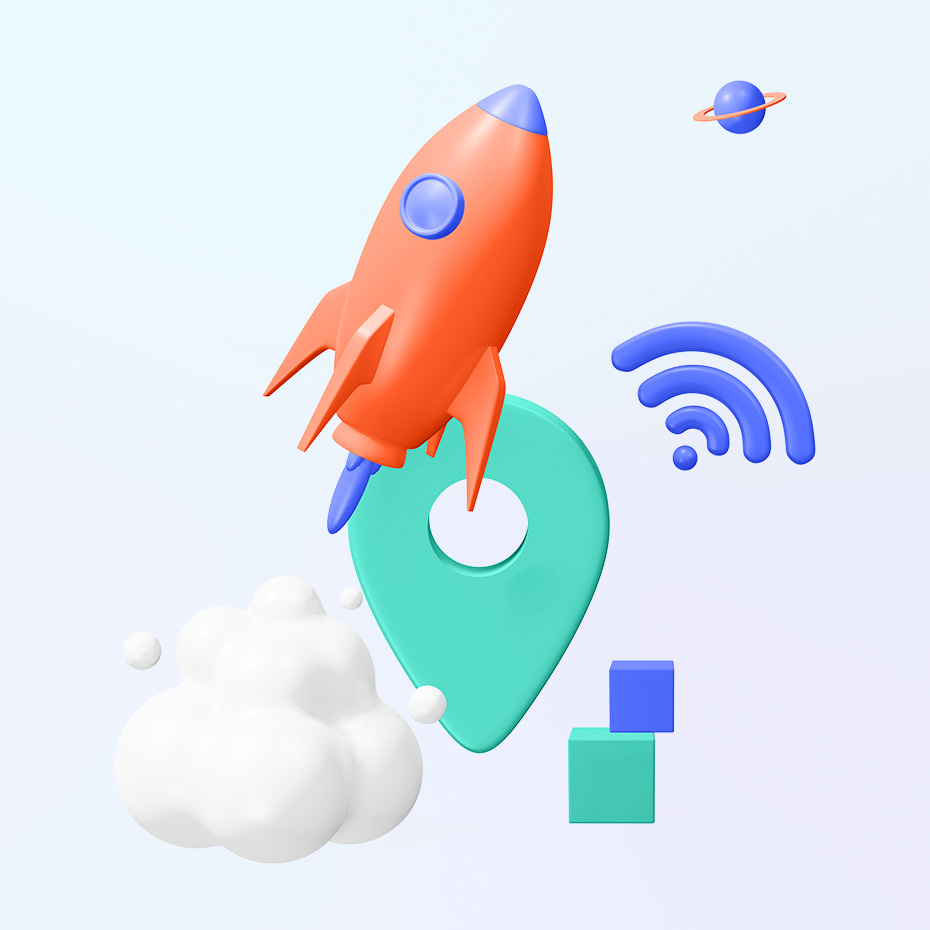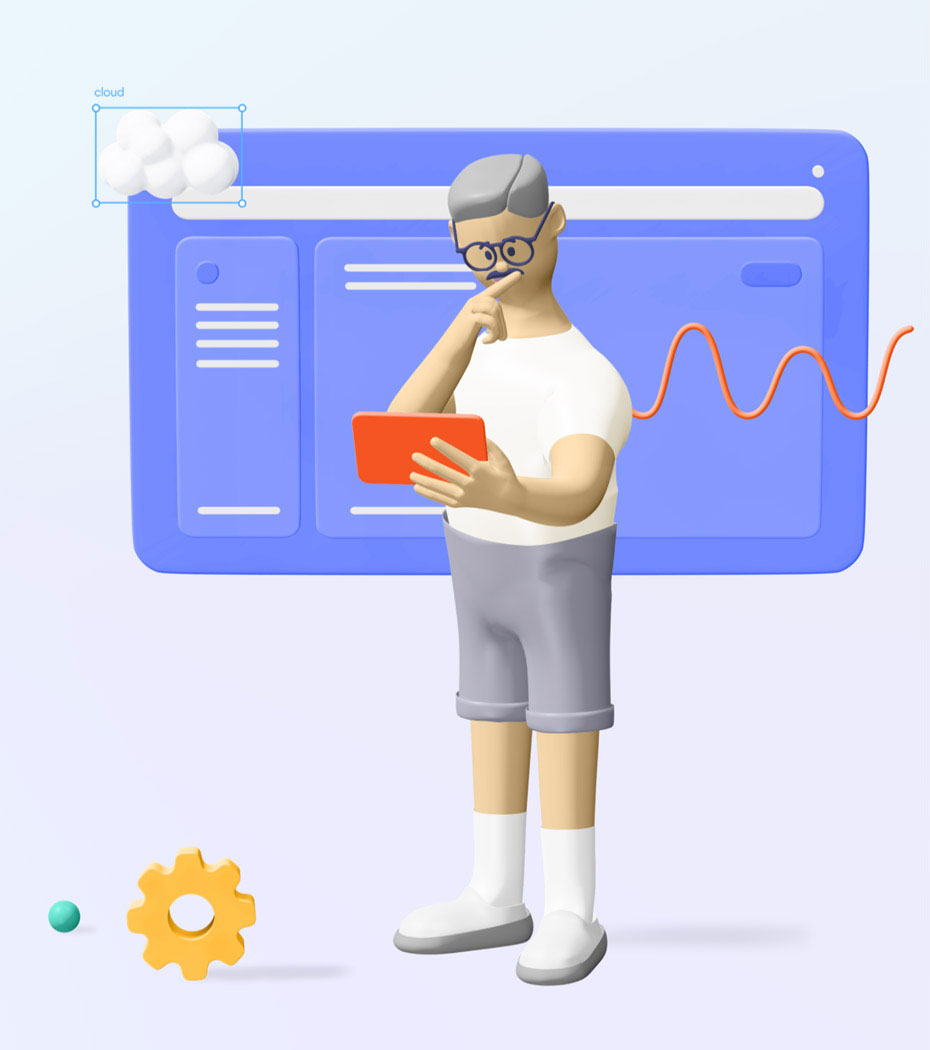AI is a preferred support tool for human resources
Implement AI in your HR by planning for its specific functions
At Airudi, we believe that AI is now a preferred support tool for human resources. It offers the profession many benefits: AI facilitates optimal decision-making, speeds up recruitment, and simplifies performance evaluation. It can play several key roles in transforming both HR and the workforce.
Just like when you plan to hire a job candidate in your organization, you must also ask yourself what you are looking for in your new AI. When we’re involved in our clients’ AI-HR planning, we help them pinpoint the right solutions for their needs.
AI can play a variety of roles within your organization that integrate with broader, interconnected systems. But to give you an idea of common AI roles, I will introduce them separately as three archetypes.
1) The Assistant
One of the primary typical roles for AI in HR is that of an assistant. It supports the manager or HR professional in carrying out specific, recurring tasks.
As with any new assistant joining a team, you need to plan for its training. After you define some basic rules, you teach your AI how to do its job. It learns by watching you perform simple, specific tasks. It expands its understanding by asking questions to define expectations for its deliverables.
It usually takes over simple, repetitive, time-consuming tasks, such as reading and sorting resumes, filling out long forms, or searching for candidates. AI saves you time by speeding up tasks like these. It increases your productivity and frees you up to focus on other value-added projects for your organization.
You probably use computer tools or functions that perform basic tasks for you every day. Think of how your smartphone or computer automatically fills in your contact information when you pay for an online transaction. These features are becoming increasingly common. The idea is to adapt this approach to HR through the power of AI.
In this specific context, the AI works from the decision-making rules that you teach it. These rules can evolve depending on the set conditions and the algorithms provided. Over time, your AI assistant constantly continues to learn. This allows it to refine its ability to deliver quality work while minimizing the possibility of making mistakes. Thus, it becomes a real force within your team.
2) The Analyst
The HR profession is known for the enormous amount of data it generates through its many forms, procedures, and administrative processes. This data is full of relevant information. However, it is difficult to take full advantage of it because of our human limitations. After all, who knows all the procedures, collective agreements, employee files, laws, and legal precedents by heart?
This is where AI comes in: it reads, analyzes, and understands all your data. When you give it a problem, it uses its knowledge to make recommendations based on your rules, processes, and previous decisions. AI helps you to ensure your legal compliance, based on the applicable laws and standards.
Powered by the latest advances in machine learning, AI works as a super analyst that retains everything you teach it, but more importantly, can process an incredible amount of data in record time. It can support decision-making using set rules. For example, if you are about to make a choice that is not consistent with your previous decisions, the AI can bring this to your attention while presenting you with the analyzed data. This is particularly useful for ensuring consistency in decision-making and avoiding mistakes.
AI opens the door to an extremely beneficial analytical aspect for human resource management. It allows you to measure and objectively analyze several crucial aspects of your organization, including performance, productivity, health and safety, and labour relations. This factual management approach is based on hard facts. It greatly contributes to reducing the cognitive biases produced by the human brain.
Of course, you will always make the decision. But by drawing on concrete analytical information, AI helps you turn your data into useful insights that can be used to better inform your HR decisions. As you make decisions, you train your AI analyst to understand you better. Think of this human-machine dialogue as a discussion between colleagues: the AI gives you advice based on its data catalogue and, in return, you explain to it why you made a certain decision in a given situation. This helps to continuously improve your AI while ensuring your independence.
3) The Adviser
AI can also provide concrete support for performance evaluation. In this way, it serves as a professional, personalized adviser that helps each person reach their full potential.
As an adviser, it helps managers and employees better identify and prioritize each individual’s development areas. It helps team members learn from their mistakes, improve their performance, and repeat their successes.
AI is helping to create a culture of continuous performance evaluation, as opposed to the traditional practice of annual evaluations. Without being invasive, this approach helps empower individuals. It gives them more independence and helps build trust and transparency in achieving objectives. It helps employees and managers do their best work in an environment where they can thrive.
AI helps you identify key themes and feelings expressed by employees in real time. It enables you to predict team performance and to foresee problems. It fosters 180° and 360° feedback for managers, employees, and teams. It optimizes processes by reducing the workload. It encourages regular conversations between managers and employees, which allows for a fairer, more objective, and more realistic assessment of results.
In this role, the AI prioritizes personalized support, continuous learning, and recognition of progress. Thus, it creates winning conditions that contribute to individual and group performance.
Trust and success
People usually need to understand a person’s wishes, values, or intentions before they trust them. Distrust of new technologies can be rooted in a lack of understanding. To develop trust, you need to be transparent with your team about how your AI “thinks” and the data it analyzes to generate advice. For example, you can provide a clear explanation of the conditions or logical combinations behind your AI’s reasoning.
Whatever its role may be, AI is intended to improve the productivity of teams and people, not to replace them. Just like when a new recruit joins your team, keep in mind that you will have to train your AI and that it will improve through the feedback you give it. Over time, it will bring new abilities and knowledge that will contribute to your organization’s success.
Pape Wade M.Sc.
Cofounder et CEO
pape.wade@airudi.com










